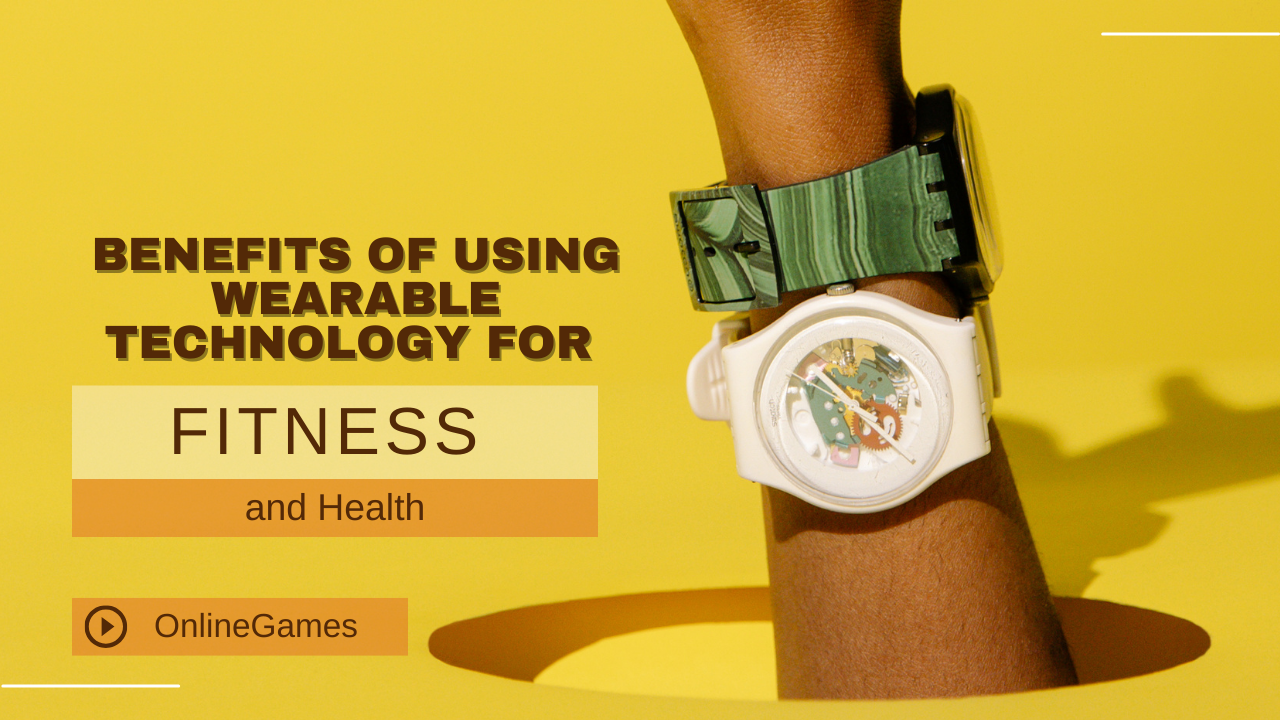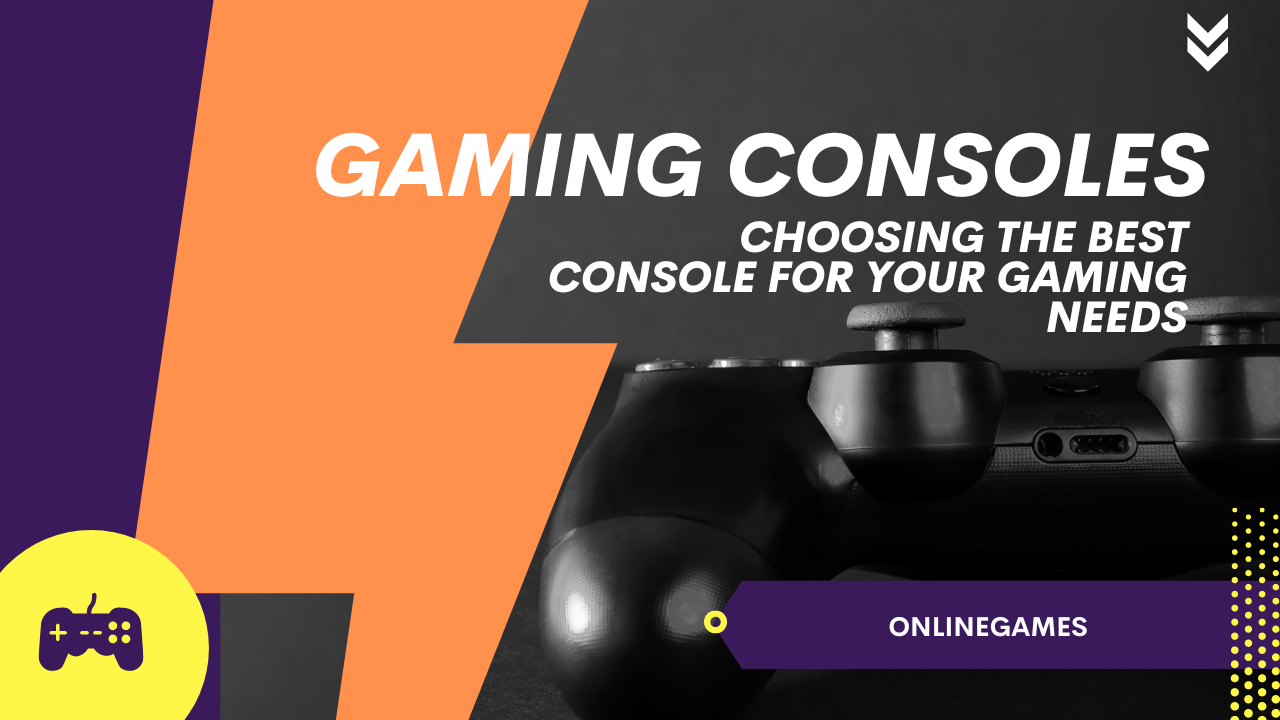In recent years, wearable technology has transformed the landscape of fitness and health, offering an array of benefits that cater to both casual users and dedicated athletes. From tracking physical activity to monitoring vital signs, wearables provide valuable insights that empower individuals to take control of their health and achieve their fitness goals. This article explores the myriad benefits of using wearable technology in fitness and health, emphasizing its role in enhancing well-being and promoting a healthier lifestyle.
Personalized Health and Fitness Tracking
Real-Time Monitoring of Vital Signs
One of the most significant advantages of wearable technology is its ability to monitor vital signs in real-time. Devices like smartwatches and fitness bands are equipped with sensors that track heart rate, blood pressure, and oxygen levels. This continuous monitoring provides users with up-to-date information about their physiological state, enabling early detection of potential health issues and facilitating timely medical intervention.
Accurate Physical Activity Tracking
Wearable technology offers precise tracking of physical activities such as steps taken, calories burned, distance travelled, and workout intensity. These devices utilize advanced sensors like accelerometers and gyroscopes to measure movement accurately, helping users monitor their exercise routines and adjust their activities to meet their fitness objectives.
Sleep Analysis and Improvement
Wearable devices also provide insights into sleep patterns, including duration, quality, and sleep stages. By analyzing data on sleep cycles, these devices help users identify areas for improvement in their sleep habits, promoting better rest and recovery, which is essential for overall health and well-being.
Enhanced Motivation and Goal Setting
Personalized Fitness Goals
Wearables allow users to set personalized fitness goals based on their health data and activity levels. Whether it’s achieving a daily step count, burning a specific number of calories, or completing a workout routine, these goals help users stay motivated and focused on their fitness journey. Wearables often provide reminders and notifications to keep users on track and celebrate their achievements, fostering a sense of accomplishment.
Social Connectivity and Competition
Many wearable devices offer social features that enable users to connect with friends and family, share their progress, and even compete in fitness challenges. This social connectivity creates a sense of community and accountability, motivating users to stay active and achieve their fitness goals through friendly competition and support.
Gamification of Fitness
Wearables often incorporate gamification elements such as badges, rewards, and leaderboards to make fitness more engaging and enjoyable. These features turn exercise into a game, encouraging users to reach new milestones and stay committed to their fitness routines.
Comprehensive Health Management
Chronic Disease Management
Wearable technology plays a crucial role in managing chronic diseases such as diabetes, hypertension, and cardiovascular conditions. Devices like continuous glucose monitors (CGMs) and smart blood pressure cuffs provide real-time data that helps users manage their conditions effectively, reducing the risk of complications and improving overall health outcomes.
Preventive Health Measures
Wearables enable proactive health management by providing early warning signs of potential health issues. For example, irregularities in heart rate or oxygen levels detected by a wearable device can prompt users to seek medical advice, allowing for early diagnosis and treatment. This preventive approach reduces healthcare costs and improves quality of life by addressing health concerns before they become serious.
Integration with Health Apps and Services
Many wearable devices seamlessly integrate with health apps and services, allowing users to track their health data over time and share it with healthcare providers. This integration facilitates comprehensive health management by providing a holistic view of a user’s health, enabling personalized recommendations and interventions.
Convenience and Accessibility
Ease of Use and Portability
Wearable technology is designed to be user-friendly and portable, making it easy for individuals to incorporate into their daily routines. Devices such as fitness trackers, smartwatches, and wearable ECG monitors are lightweight and convenient, allowing users to monitor their health and fitness without disrupting their activities.
Remote Health Monitoring
Wearables facilitate remote health monitoring, allowing individuals to track their health metrics from the comfort of their homes. This capability is particularly beneficial for older adults and those with mobility issues, as it reduces the need for frequent visits to healthcare facilities and enables continuous health monitoring in a non-intrusive manner.
Cost-Effective Health Solutions
Compared to traditional healthcare methods, wearable technology offers a cost-effective way to monitor and manage health. By providing real-time data and preventive health measures, wearables help users avoid expensive medical treatments and hospital visits, ultimately reducing overall healthcare costs.
Advanced-Data and Analytics
Insightful Health Analytics
Wearable devices collect a vast amount of health and fitness data that can be analyzed to provide insightful analytics. This data helps users understand their health trends and make informed decisions about their lifestyle and fitness routines. Advanced analytics also enable personalized recommendations, further enhancing the effectiveness of wearable technology in health management.
Data-Driven Decision Making
The data collected by wearables can be used to make data-driven decisions regarding exercise routines, diet, and overall health management. Users can identify patterns and trends in their health data, allowing them to adjust their habits and behaviours to achieve better health outcomes.
Research and Development Contributions
Wearable technology contributes to research and development in health and fitness by providing a wealth of data that researchers can use to study health trends, develop new treatments, and improve healthcare delivery. This data-driven approach has the potential to advance medical research and contribute to better health outcomes for individuals and populations.
Personalization and Adaptability
Customized Fitness Programs
Wearables offer personalized fitness programs tailored to individual health data and goals. These programs adjust based on user feedback and performance, providing a customized approach to fitness that maximizes effectiveness and minimizes the risk of injury.
Adaptive Health Monitoring
Wearable devices can adapt to changes in a user’s health status, providing real-time adjustments and recommendations. For example, if a wearable detects an increase in heart rate during exercise, it can suggest modifications to the workout intensity to ensure safety and optimal performance.
Holistic Health and Wellness Approach
Wearables promote a holistic approach to health and wellness by tracking various aspects of an individual’s lifestyle, including physical activity, sleep, nutrition, and stress levels. This comprehensive view enables users to make balanced decisions that support overall well-being.
Embracing Wearable Technology for a Healthier Future
The benefits of wearable technology in fitness and health are undeniable. From personalized health tracking and enhanced motivation to comprehensive health management and advanced data analytics, wearables offer a powerful tool for individuals looking to improve their health and fitness. As technology continues to evolve, wearable devices will become even more integral to our daily lives, providing innovative solutions that support a healthier and more active lifestyle.










